The Kathmandu: Everest Base Camp Kala Patthar 15-Day Trek provides a unique opportunity for adventurers to experience the breathtaking beauty of the Himalayas while seeing Sherpa culture. Starting in the vibrant streets of Kathmandu, trekkers embark on a journey that includes acclimatization days in Namche Bazaar and Dingboche, essential for adjusting to the high altitudes. With experienced guides and comfortable lodgings, the trek ensures a blend of challenge and comfort. Yet, as they ascend towards the iconic Kala Patthar, the question of preparation looms—what do trekkers really need to know before embarking on this life-changing adventure?
Key Points
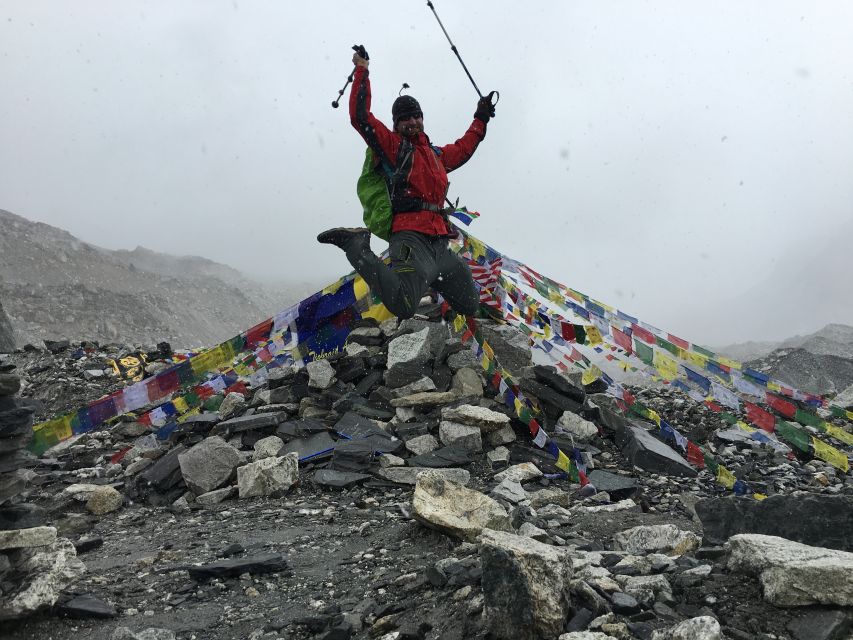
- The trek starts in Kathmandu, with visits to cultural landmarks like Pashupatinath Temple and Boudhanath Stupa before heading to the mountains.
- A scenic flight to Lukla marks the beginning of the trek, followed by hiking through Sherpa villages to Namche Bazaar and Dingboche.
- Key highlights include visits to Everest Base Camp at 18,023 feet and Kala Patthar at 18,593 feet for stunning views of the Himalayas.
- Acclimatization days in Namche Bazaar and Dingboche help trekkers adjust to altitude, enhancing the overall experience and safety.
- The trek includes comfortable accommodations, daily meals, expert guides, and necessary permits, ensuring a smooth and enjoyable adventure.
It's also worth checking out some other tours and experiences nearby.
Trek Overview
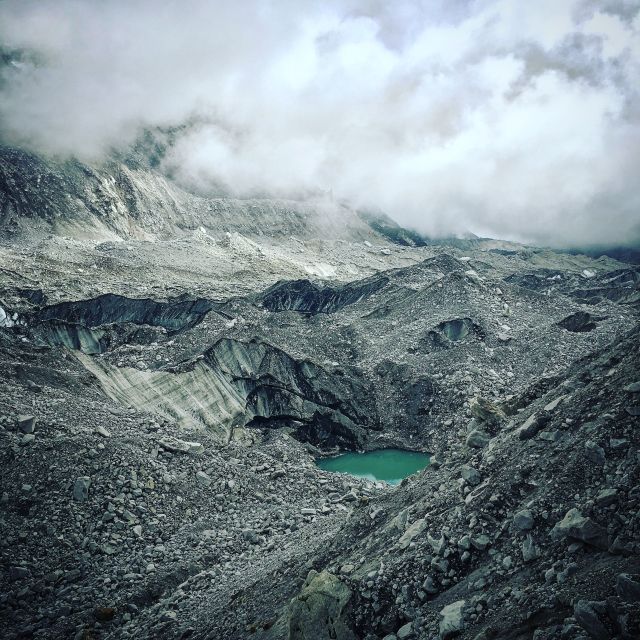
What better way to experience the breathtaking beauty of the Himalayas than by embarking on the Everest Base Camp Kala Patthar 15-Day Trek, where adventurers can enjoy stunning views and rich Sherpa culture along the journey?
This trek offers an unparalleled opportunity to witness majestic peaks like Everest and Ama Dablam while exploring vibrant Sherpa villages.
Travelers will savor the warmth of local hospitality and taste traditional cuisine, enhancing their culture.
The trek includes acclimatization days in Namche Bazaar and Dingboche, crucial for adjusting to the altitude.
With expert guides and well-planned itineraries, trekkers can focus on the experience, knowing their needs are taken care of.
This adventure promises unforgettable memories and breathtaking panoramas at every turn.
Detailed Itinerary
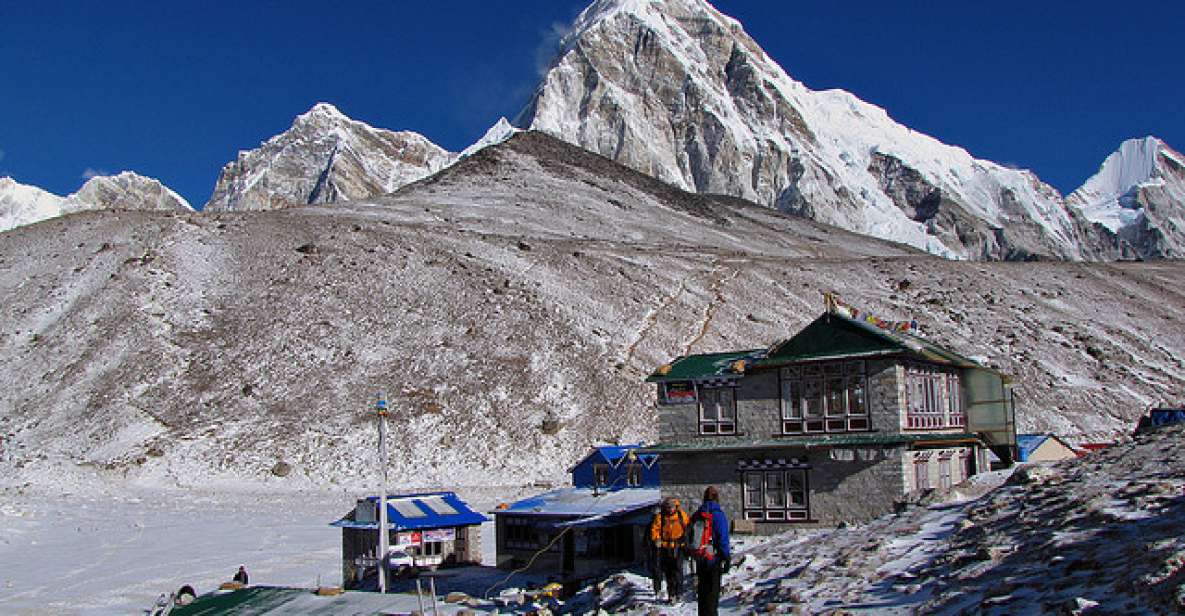
As trekkers gear up for the Everest Base Camp Kala Patthar adventure, they can look forward to a carefully crafted 15-day itinerary that balances breathtaking scenery, cultural encounters, and essential acclimatization.
The journey begins in Kathmandu, where they’ll explore iconic sites like Pashupatinath Temple and Boudhanath Stupa. After a scenic flight to Lukla, they trek to Phakding, eventually reaching Namche Bazaar for acclimatization.
Days are spent trekking through Sherpa villages, experiencing local hospitality, and visiting the stunning Tengboche Monastery. As they approach Everest Base Camp, the majestic peaks fill their horizons.
With rest days in Dingboche, trekkers gain vital altitude acclimatization before returning to Lukla and finally flying back to Kathmandu, cherishing unforgettable memories.
Trekking Altitudes
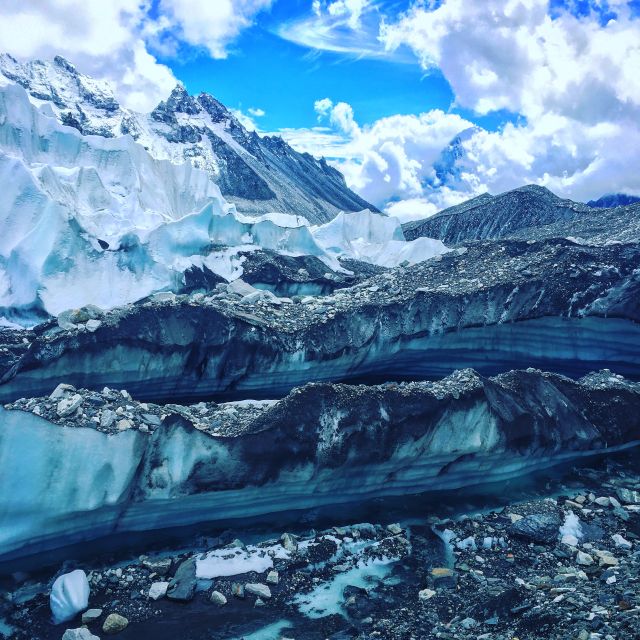
Trekking at high altitudes during the Everest Base Camp journey presents both challenges and rewards, with elevations reaching up to 18,593 feet at Kala Patthar and 18,023 feet at Everest Base Camp itself. As trekkers ascend, they experience breathtaking vistas and encounter the unique Sherpa culture. Acclimatization is crucial, allowing the body to adapt to reduced oxygen levels.
| Altitude | Experience |
|---|---|
| 18,593 feet | Stunning views from Kala Patthar |
| 18,023 feet | Base of the world’s highest peak |
| 14,465 feet | Lush greenery in Dingboche |
Each altitude offers a different perspective, making the trek not just a physical journey but a profound cultural experience.
Accommodations Provided
Trekkers will find comfortable accommodations in tea houses and lodges throughout the Everest Base Camp trek, providing a cozy retreat after long days of adventure.
These family-run establishments offer not just a bed, but a warm atmosphere where trekkers can engage with local Sherpa culture.
Each tea house typically features basic amenities, including shared bathrooms and dining areas where hearty meals are served.
One can expect to share stories with fellow adventurers or enjoy the breathtaking mountain views from the porch.
It’s advisable to carry a sleeping bag for extra warmth, especially at higher altitudes.
Inclusions of the Trek
The trek inclusions comprehensively cover essential aspects, ensuring a smooth and enriching experience in the heart of the Himalayas.
Participants enjoy seamless transportation with airport pick-up, drop-off, and domestic flights to Lukla.
Accommodation is well-planned, featuring three nights in a 3-star hotel in Kathmandu and cozy tea houses during the trek.
Daily meals—breakfast, lunch, and dinner—are included, allowing trekkers to savor local flavors and hearty dishes.
Essential permits, including national park entry and TIMS, are arranged, eliminating stress.
A knowledgeable guide and a porter are provided for every two trekkers, enhancing safety and support.
Lastly, a first aid kit ensures that trekkers are prepared for minor medical needs, promoting peace of mind throughout their journey.
Exclusions to Consider
While the trek includes many conveniences, it’s important for participants to be aware of certain exclusions that may impact their overall experience. Understanding these factors can help in planning and budgeting effectively.
Here are key exclusions to consider:
-
Personal Expenses: International airfares and any departure tax aren’t covered.
-
Food in Kathmandu: Meals outside the trek are on participants, so plan accordingly.
-
Tips: Gratuities for guides and porters are expected but not included.
-
Additional Costs: Expect to pay for alcoholic beverages, sweets, and hot showers during the trek.
Being mindful of these exclusions allows trekkers to fully enjoy the experience, ensuring that their adventure in the Himalayas is both enjoyable and memorable.
Preparation Tips
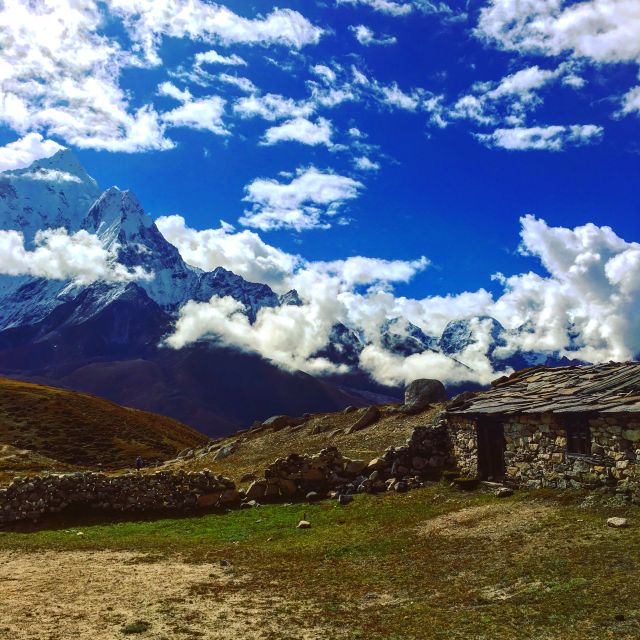
Preparing for the Everest Base Camp trek requires careful planning and a solid understanding of the challenges ahead.
Trekking enthusiasts should focus on building endurance through regular hikes and cardiovascular workouts. It’s essential to invest in quality gear, including a down jacket, trekking poles, and sturdy boots.
On top of that, acclimatization is crucial; participants should plan for rest days in Namche Bazaar and Dingboche to adjust to the altitude.
Embracing the local culture is equally important—learning a few Nepali phrases can enhance interactions with the Sherpas.
Lastly, packing light but bringing necessary personal items, such as a first aid kit and snacks, can make the trek more enjoyable.
With these preparations, trekkers can fully appreciate the majestic beauty of the Himalayas.
Best Time to Trek
Choosing the right time to trek to Everest Base Camp can significantly enhance the experience, as weather conditions and trail accessibility vary throughout the year.
The best trekking seasons are:
-
Spring (March to May): This period offers mild temperatures and blooming rhododendrons, making it visually stunning.
-
Autumn (September to November): With clear skies and stable weather, trekkers enjoy breathtaking views and excellent trekking conditions.
-
Avoid Monsoon (June to August): Heavy rains can lead to landslides, and trails become muddy and challenging.
-
Winter (December to February): Though fewer trekkers venture out, the cold can be biting, and snow may hinder trails.
Here's a few more nearby tours and experiences we think you'll like.
Frequently Asked Questions
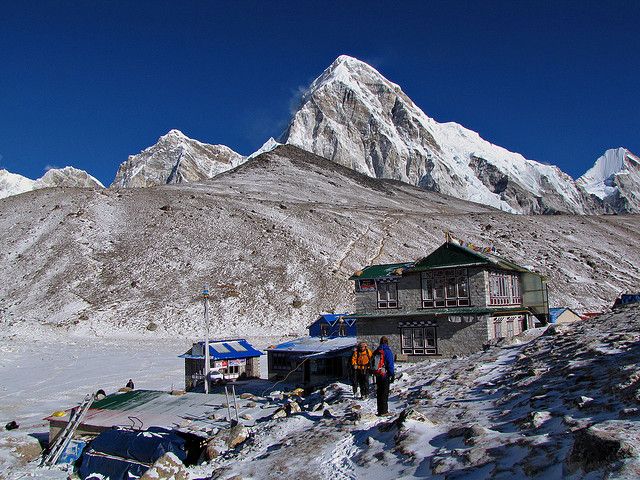
What Is the Fitness Level Required for This Trek?
For this trek, a moderate fitness level is essential. Participants should engage in regular cardiovascular and strength training, as daily hiking challenges await. Proper preparation helps enhance enjoyment and ensures a memorable experience amidst breathtaking landscapes.
Are There Age Restrictions for Participants on the Trek?
There aren’t strict age restrictions for participants on the trek. However, guides recommend that younger trekkers prepare well physically, while older trekkers should consult with a doctor to ensure they’re fit for the altitude and terrain.
Can I Charge My Devices During the Trek?
While trekking, charging devices can be challenging. Most tea houses offer limited electricity, so travelers should carry portable chargers. Embracing the adventure, they’ll appreciate the stunning scenery more than their screens during this journey.
What Kind of Wildlife Can Be Seen During the Trek?
During the trek, adventurers might spot wildlife like Himalayan tahr, musk deer, and various bird species. They’ll also encounter yaks, adding to the unique cultural experience of trekking through the stunning landscapes of the Himalayas.
Is Travel Insurance Necessary for This Trek?
Travel insurance is essential for trekkers. It covers unexpected events like cancellations or medical emergencies, ensuring peace of mind. Many travelers find it invaluable, allowing them to fully enjoy the adventure without worries.
Not for you? Here's more of our most recent tour reviews happening neaby
- Nepal Spiritual Laughing 14 Day Trekking Program
- Everest Base Camp Helicopter Shared Tour
- Kathmandu: 14-Day Langtang Gosaikunda Trek
- All Package Nepal Annapurna View Trekking & Tour
- Bhutan, “The Land of Thunder Dragon”
- 15 Day Annapurna Circuit Trek From Kathmandu
- Manaslu Circuit Trek Conquer the Majestic
- From Kathmandu :11-Day Guided Manasalu Circuit Trek
- Nepal Holiday Honeymoon Tour Package With Activities
- From Kathmandu: 18 Day Annapurna Circuit & Tilicho Lake Trek
- Manaslu Trekking Tour From Kathmandu
- Mera Peak Expedition – Everest, Nepal
- Everest Base Camp Trek
- Langtang Valley Trek 11 Days
- Everest Helicopter Tour With Landing at Kalapathar 5550 Mtrs
Recap
The Kathmandu: Everest Base Camp Kala Patthar 15-Day Trek promises an adventure of a lifetime, blending stunning natural beauty with rich Sherpa culture.
Trekkers will find camaraderie among fellow adventurers while experiencing the diverse landscapes and vibrant local traditions.
With careful preparation and the right timing, they can fully embrace the challenges and rewards this trek offers.
As they stand atop Kala Patthar, they’ll realize that the journey is just as captivating as the breathtaking views awaiting them.
